Climate Change Has Lake Shasta Water Disappearing Into Thin Air
Researchers have sounded the alarm, warning that California’s extreme weather and drought will have dire consequences for several of its reservoirs. The effects are already being witnessed in the Golden State.
One region in particular that has been affected is Lake Shasta, which has lost hundreds of millions of gallons of water due to evaporation. The recorded breaking temperatures have exacerbated this evaporation rate, and experts are beginning to worry about the future of water in Northern California.
Heat Wave in California
In recent months, regions throughout Northern California have been struggling with the increasing temperatures in the Golden State.

Source: Wikimedia
In July, the Sacramento Valley reached a scorching 119 degrees, which also marked a new record for the region. Yet, this blistering temperature is nothing to be proud of, and similar incidents are occurring throughout the state.
Consequences of the Rising Temperatures
Unfortunately, a side effect of the extreme temperatures sweeping through the Golden State is the evaporation of water from California’s vital lakes, many of which serve as reservoirs.
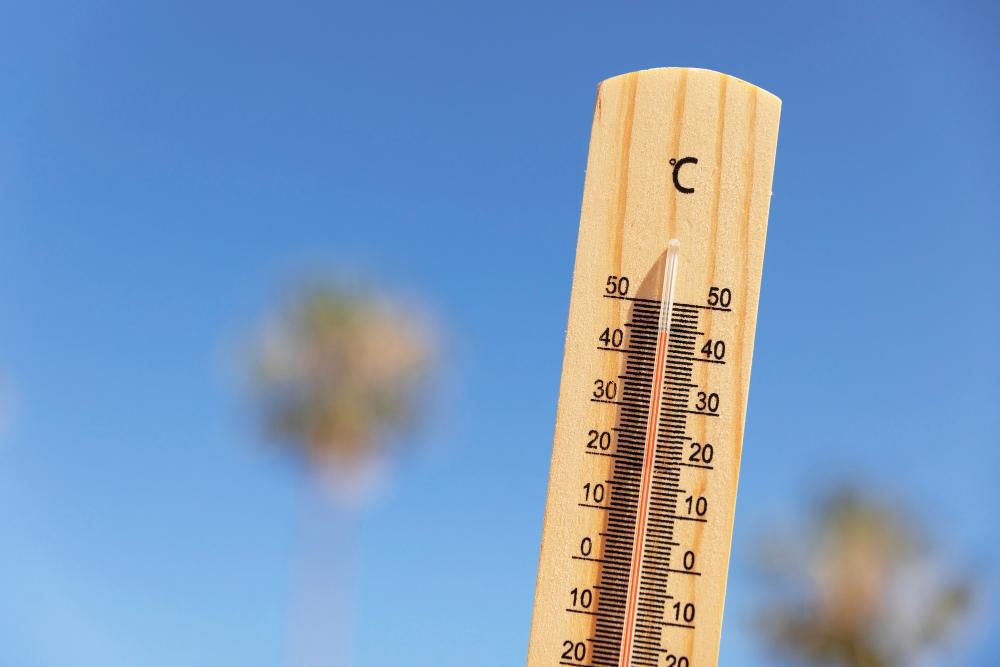
Source: Wikimedia
Speaking on the excessive temperatures and the loss of water in reservoirs at the start of July, Don Bader, area manager for the U.S. Bureau of Reclamation, said, “It’s probably been higher the last nine days because we haven’t seen weather like that in a long time.”
Devastating Loss of Water in July
During the first nine days of July, nearly 3,400 cubic feet of water turned into vapor each second in California. This equates to around 2.2 billion gallons of water.
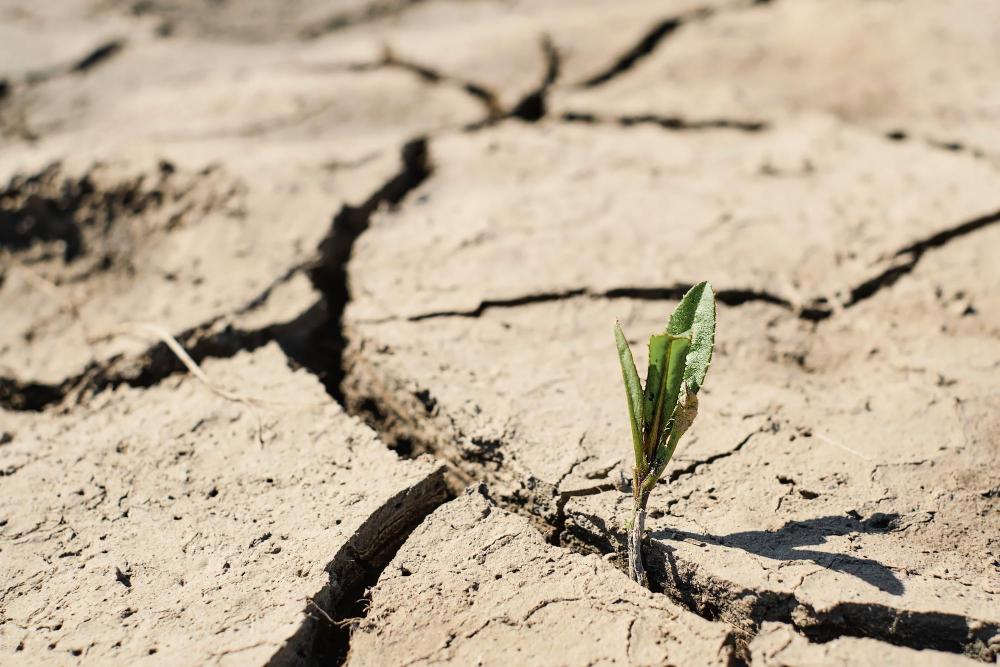
Source: Freepik
On July 3rd alone, 288.8 million gallons of water evaporated from Lake Shasta, one of the largest reservoirs in the Golden State, leaving environmentalists and water management officials worried about the future.
Unprecedented Loss of Water at Lake Shasta
According to Bader, this is an incomprehensible amount of water. He attempts to explain the loss by suggesting that there is more than the entire amount of water currently flowing through Clear Creek just south of Redding.

Source: Wikimedia
“That is significant enough that it affects where our projected reservoir levels will be at the end of the season,” he said.
Higher Levels of Evaporation Expected During the Summer
While Bader admits more evaporation is expected during the warmer summer months, the current loss is unlike anything he’s ever experienced. He attributes it to the record-breaking temperatures.
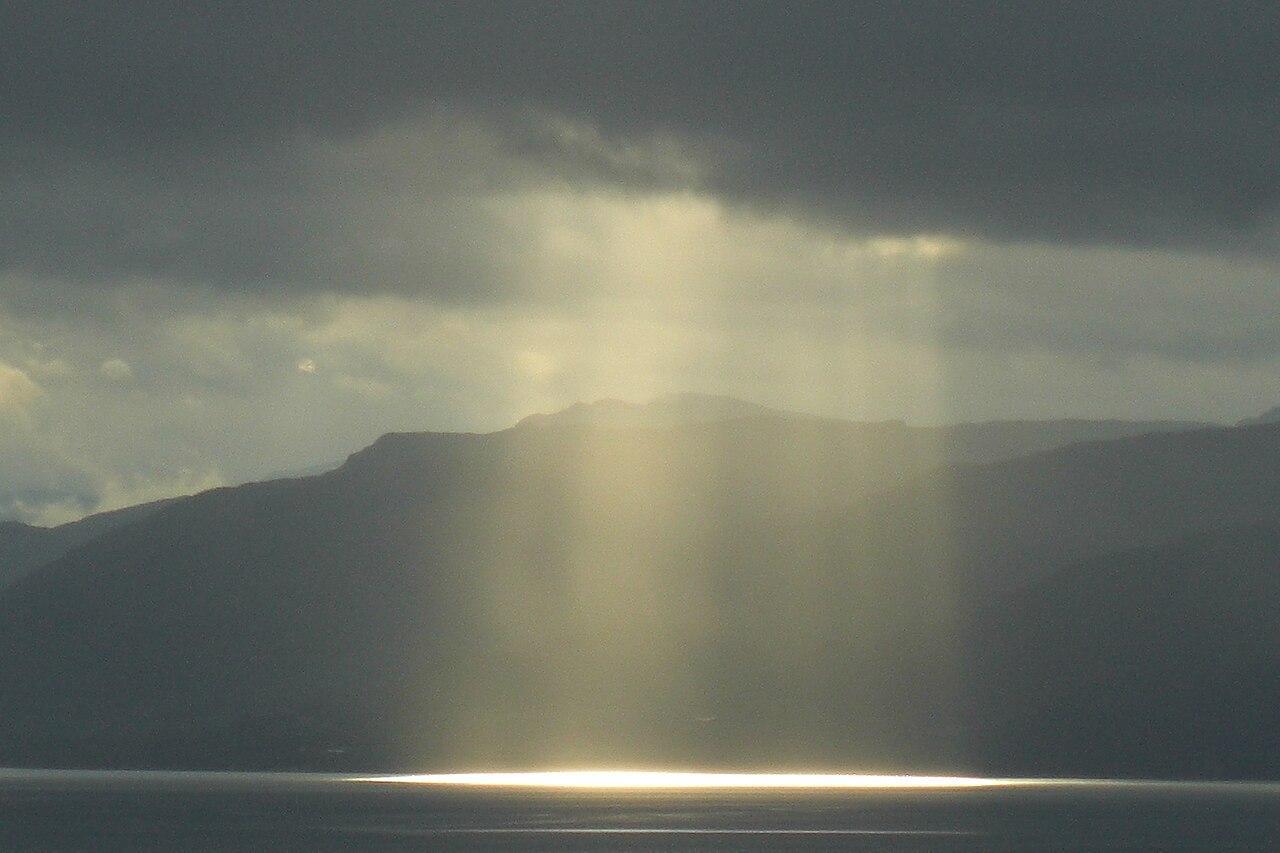
Source: Wikimedia
Many have begun pointing fingers at climate change for the blistering heat waves being witnessed across Northern California.
No Sign of Cooling
Experts surmised that California could be in for a tough summer, as temperatures won’t be dropping anytime soon, according to weather forecasters.
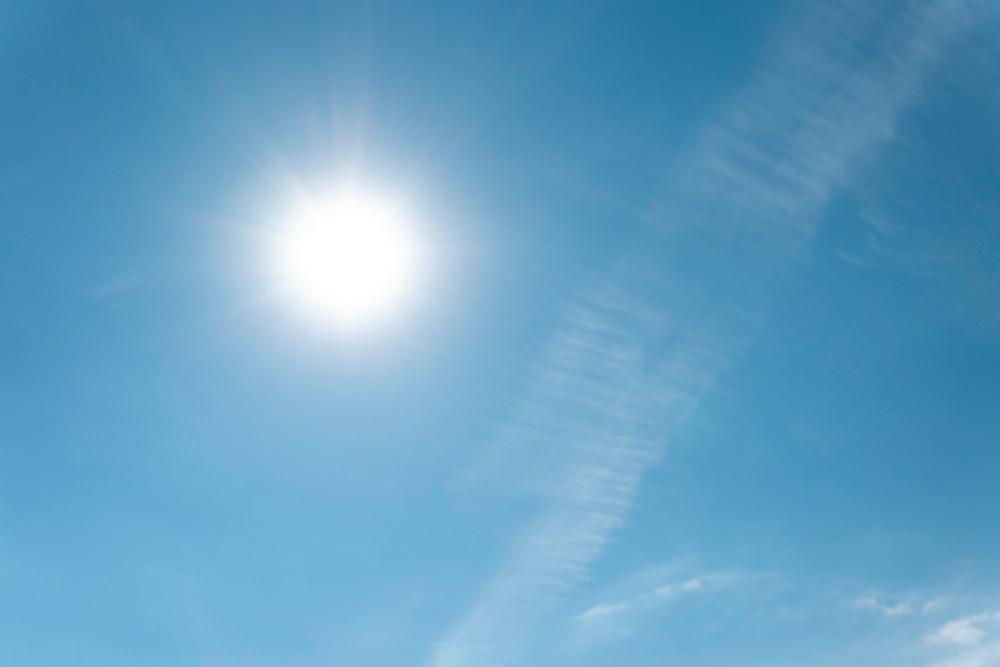
Source: Freepik
From July 5 through 8, daily temperature records were broken in several regions across California. For seven days beginning on July 18, temperatures are set to hit 110 degrees on average, meaning the scorching heat is set to continue in the state.
Other Reservoirs Affected in the State
Several other reservoirs were affected by the record-breaking temperatures in Northern California.
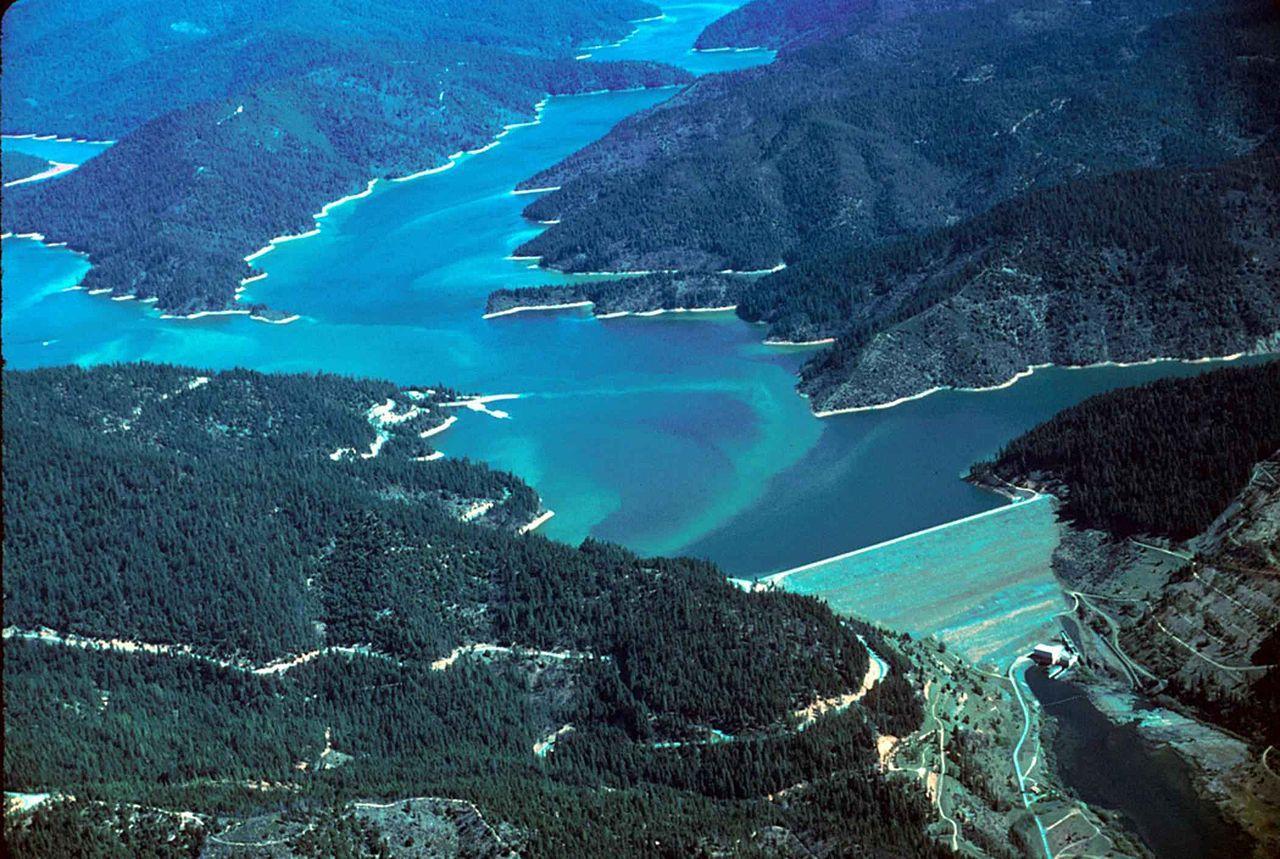
Source: Wikimedia
During the recent period of sweltering weather in July, the North State reservoir lost a staggering 828.5 million gallons of water due to evaporation experienced at Trinity Lake near Weaverville.
Snow Melt Replenishes Lakes in Winter
Despite the concerning level of evaporation during summertime in California, Bader explains that it’s less of a threat during winter and spring because lakes fill up with snow melt.

Source: Wikimedia
“In the wintertime, we get the really cold days. You don’t get any evaporation because the ambient temperature is so cold, and the water’s cold,” he said.
Researchers From Colorado University Warn Officials
The problems surrounding evaporation during particularly warm periods in California have been studied for several decades.

Source: Wikimedia
Back in 2015, the University of Colorado published a study that warned officials about the consequences of water loss in reservoirs and raised concern about the prolonged periods of drought across the West.
Ideas Centered on Reducing the Level of Evaporation
Theories on how to reduce the level of evaporation at places such as Lake Shasta have included covering a large portion of the reservoirs.

Source: Freepik
Others have “Proposed ‘geo-engineering’ techniques for reducing reservoir evaporation include covering surface water with thin films of organic compounds, reflective plastics or extremely lightweight shades,” said the study’s authors.
The Nature of the Problem at Hand
Another idea aims to divert “reservoir water underground into new storage areas or aquifers or to relocate or building new storage reservoirs at higher elevations where less evaporation occurs.” Yet, despite the various proposals, none have been enacted.
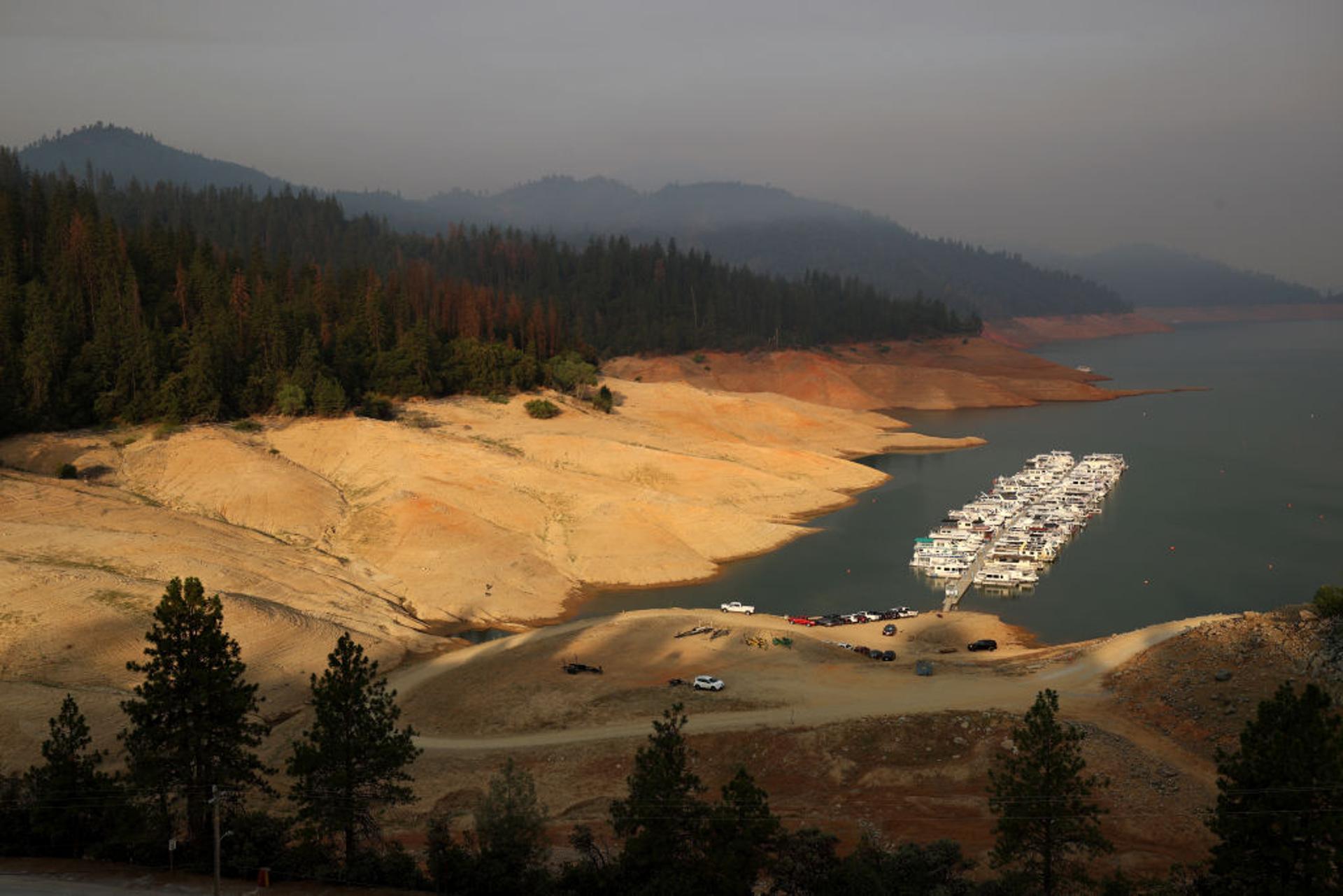
Source: Justin Sullivan/Getty Images
Due to Lake Shasta’s immense size, which holds the record as the largest man-made lake in California, experts have explained that covering it or diverting the water underground will be a relatively challenging task.
